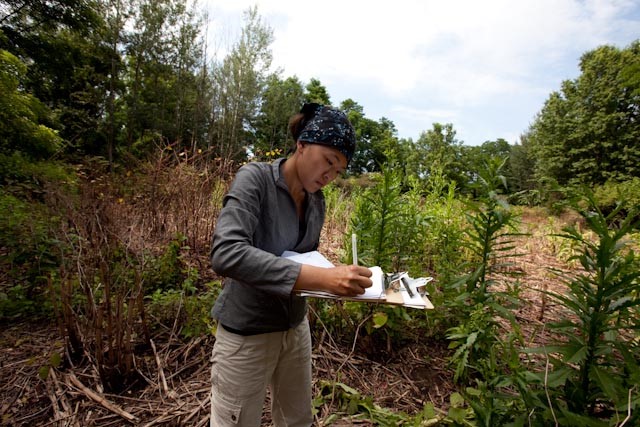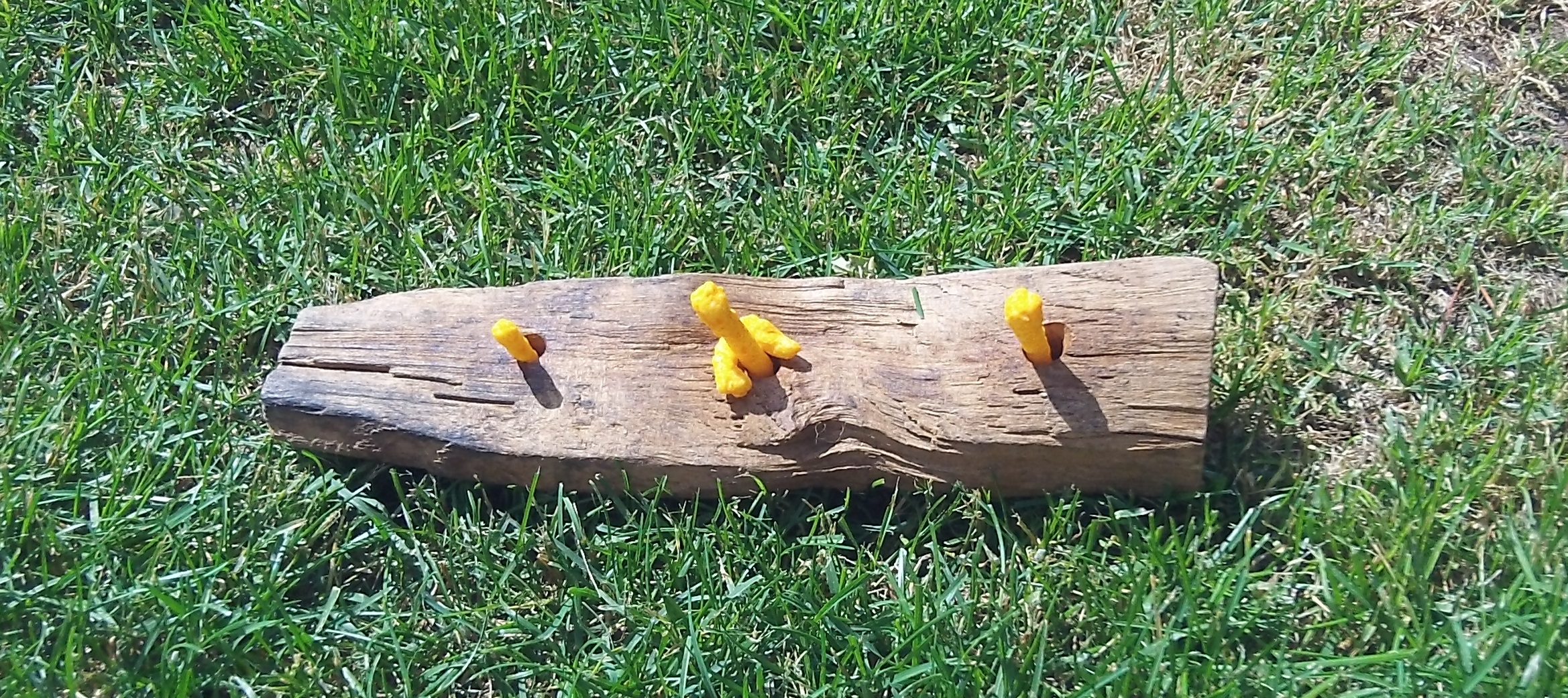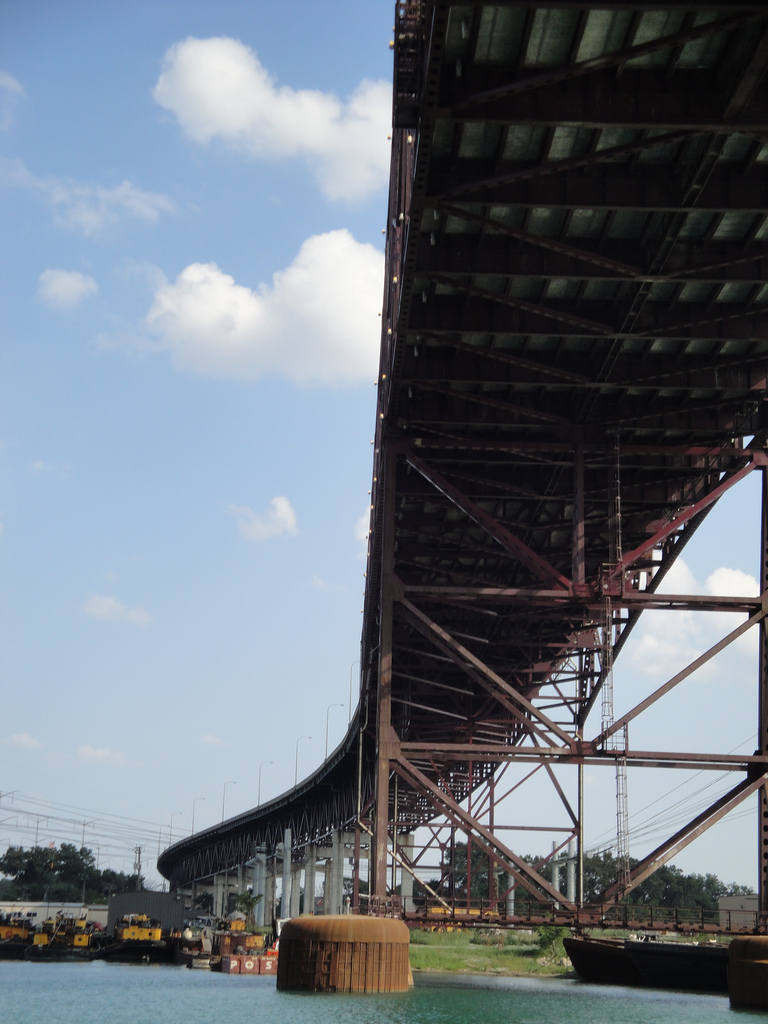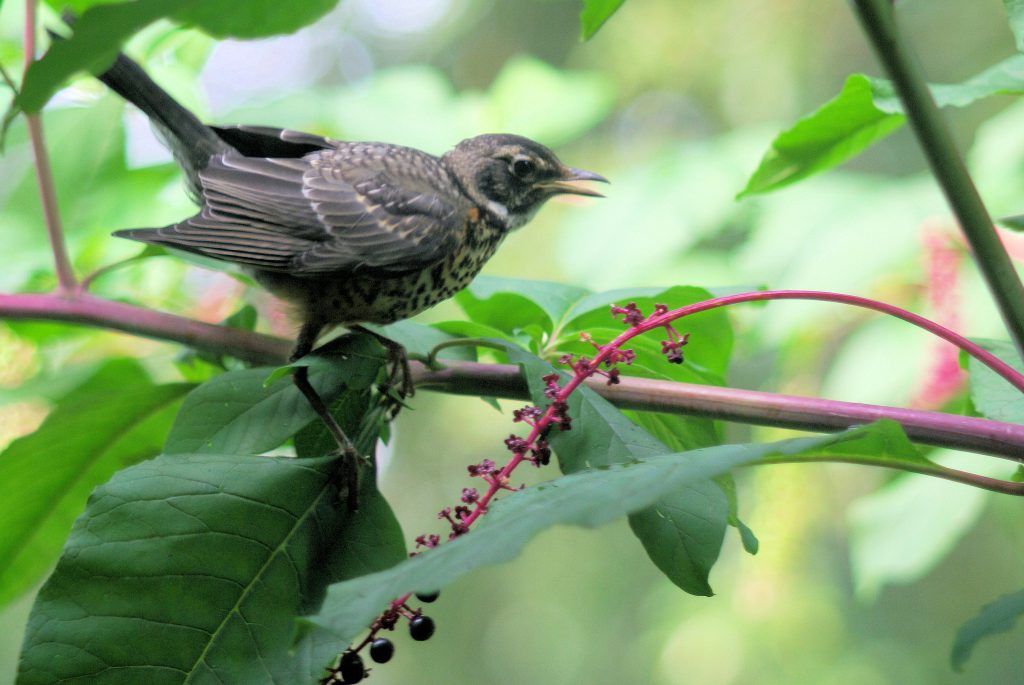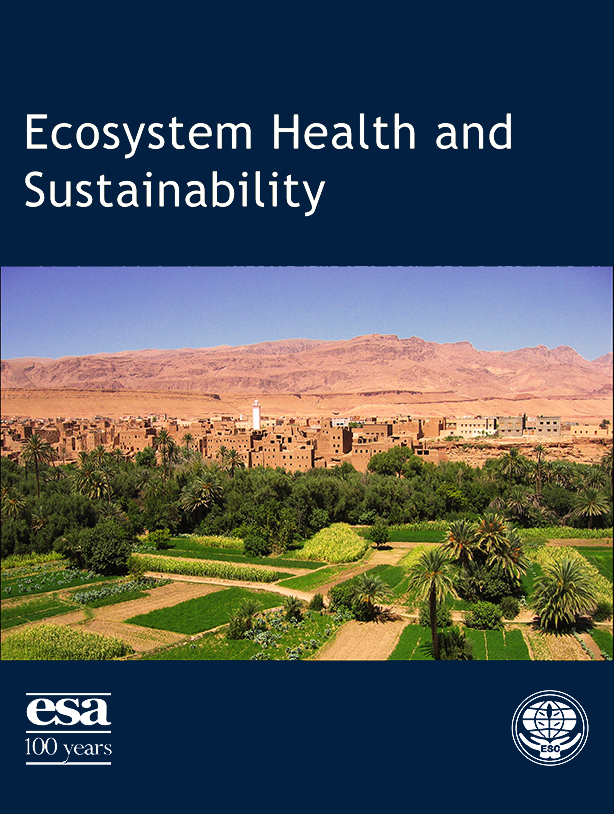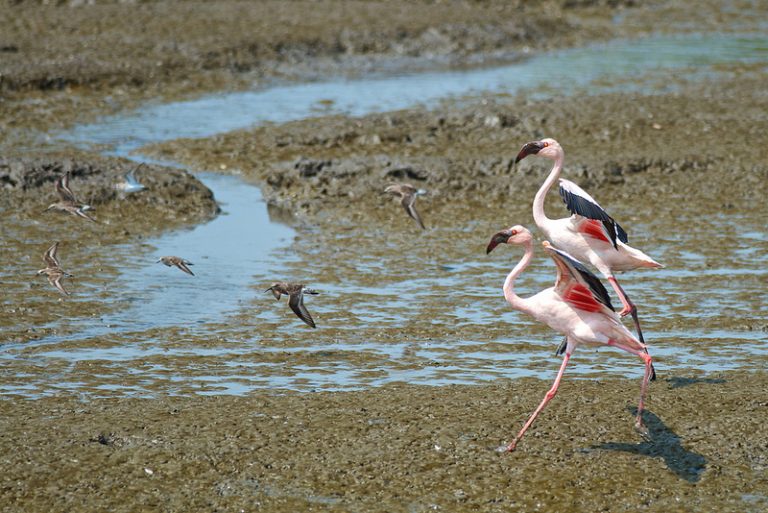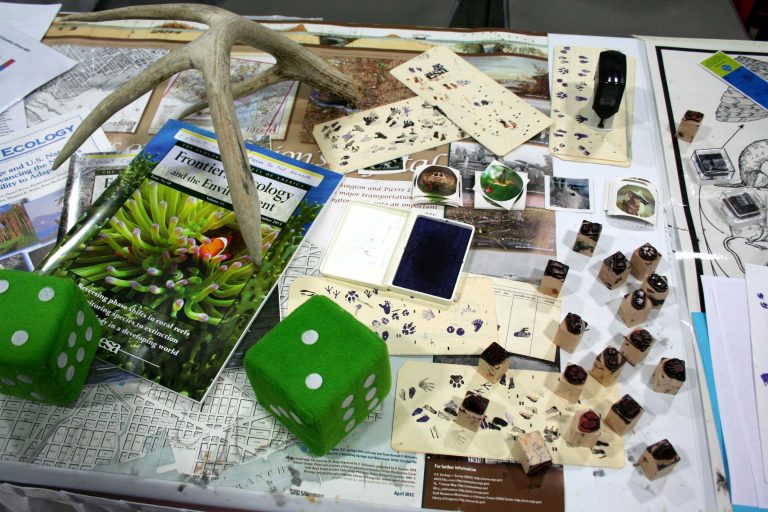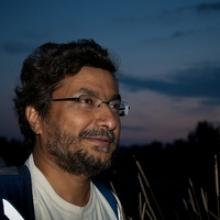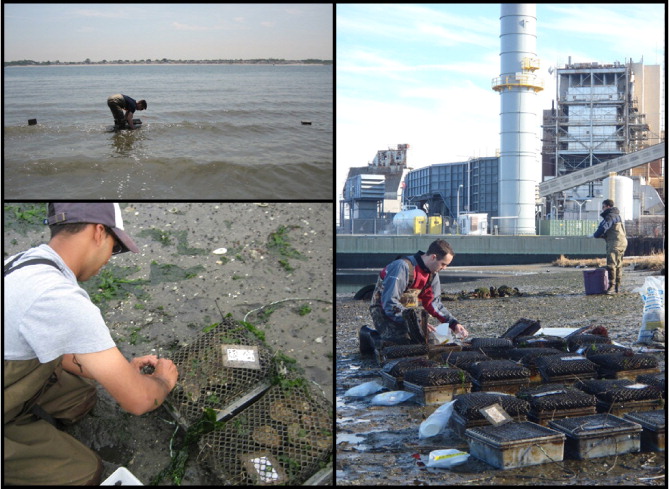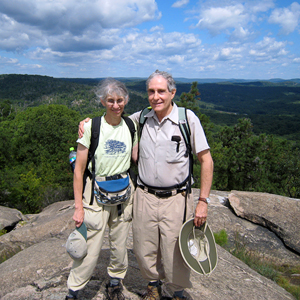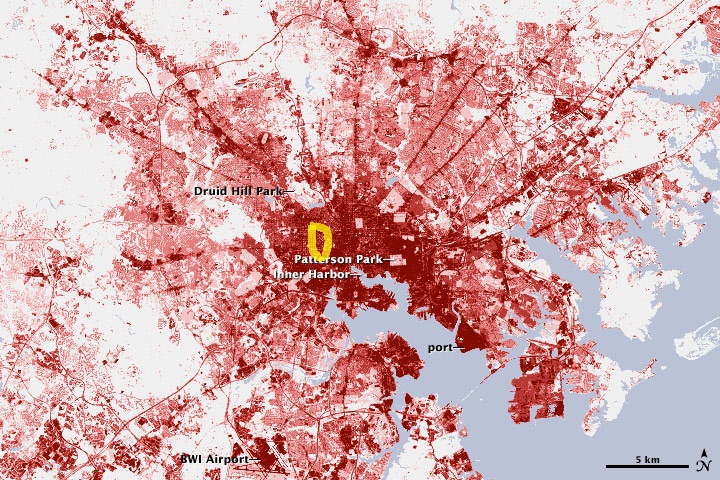
Building with Nature: the Dutch Sand Engine
“Cities are emergent systems, with only 5 to 7 thousand years of history, mostly during the relative climatic stability of the Holocene,” said guest editor Kristina Hill, an associate professor at UC Berkeley’s College of Environmental Design. “We’ve never tried to operate a city during a rapid climate change, especially not on the scale of population we now have, with our largest cities housing upwards of 20 million people.”
